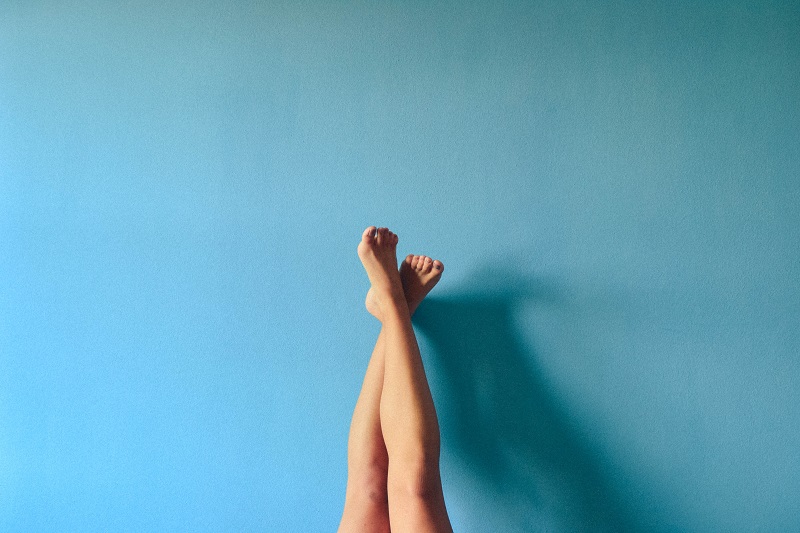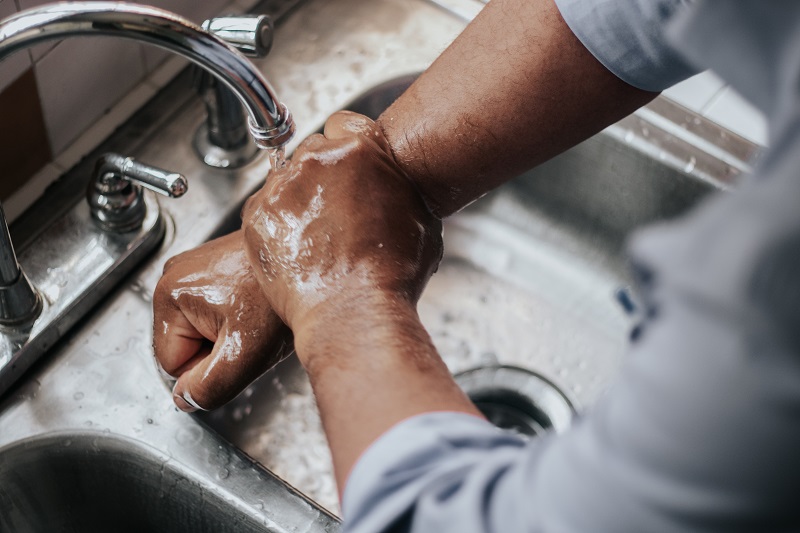 Though not considered a medical emergency, warts are a common ailment. Some warts may even cause pain and negatively impact your quality of life. At our office, we are proud to provide several treatment options to help you get you on the path towards clear skin once again.
Though not considered a medical emergency, warts are a common ailment. Some warts may even cause pain and negatively impact your quality of life. At our office, we are proud to provide several treatment options to help you get you on the path towards clear skin once again.
What are Warts?
Warts are benign or non-cancerous skin growths that develop when your skin becomes infected by a strain of the human papillomavirus (HPV). The virus can penetrate your skin through a small cut or scrape. The virus triggers extra cell growth and creates a raised bump, where the skin becomes thick and hard.
Warts are contagious and are typically passed through direct skin-to-skin contact but can also be spread by touching contaminated surfaces. The hands and feet are the most common areas where warts develop but can appear on other areas of the body as well. Anyone can get warts, however, children and those with weakened immune systems can be at an increased risk.
Common Types of Warts
Warts are often skin-colored, but can appear darker in hues such as brown or grayish black. Some are raised and rough like a callus, while others may be flat and smooth. You may notice small black dots on the wart, commonly known as wart seeds, which are small, clotted blood vessels.
There are several kinds of warts. The type of wart you have depends on where it develops on the body and what it looks like. Common types of warts include:
- Common Warts – These warts often appear on your hands, fingers, and around the nail area. They are often small rough bumps.
- Filiform Wart – Filiform warts grow on fingers as long threads and can grow and multiply very quickly. They are generally painless. If they develop in a sensitive area such as skin folds, they may cause itching, irritation, bleeding, and soreness.
- Flat Warts – Flat warts can appear anywhere on the body including the face and tend to grow in large numbers. They are smaller and smoother than common warts, about the size of a pinhead.
- Genital Warts – Genital warts are caused by a strain of the human papillomavirus (HPV) that spreads through unprotected sexual activity. For men, genital warts can develop on the penis, scrotum, and anus. Women can develop genital warts on the outside of the genitals but also within the vagina and on the cervix. You can also develop genital warts in the mouth or throat. These warts may cause itching or discomfort as well as bleeding during intercourse.
- Plantar Warts – Plantar warts form on the soles of your feet, around the heel, or ball of the foot. They tend to grow in clusters and often callus over. Plantar warts are often flat or grow inward due to pressure. Standing or walking for long periods can become painful when you have plantar warts.
Diagnosis
In many cases, we can determine whether you have a wart or not by examining the area and growth. However, in some cases, we may need to perform a skin biopsy to be certain. During a biopsy, a small piece of the wart is removed and sent to a lab to be analyzed under a microscope.
Treatment Options
Some warts may disappear without needing any treatment at all or with at-home remedies. Please schedule an appointment if you notice any suspicious growths or if your warts begin to hurt, interfere with daily activities, or start to rapidly increase in size or spread. We are proud to offer several wart removal treatment options. During your consultation, we will discuss what treatment options are best for your situation.
- Cryotherapy – Using liquid nitrogen, your doctor will apply the chemical to your wart. This causes a blister to form as the cells are burnt and the blood supply cut off, killing the infection. After a week or so, the dead skin will slough off. This treatment can be painful like a minor burn, so your doctor may recommend administering a numbing agent to the area.
- Electrocautery – With electrocautery, an electric needle is used to remove the wart surgically. Both the virus and the wart are treated. Before the procedure, the area is numbed.
- Laser Therapy – Laser removal is a more highly effective, minimally invasive, and speedy treatment option. A high-powered laser cuts off the blood supply from the wart while eliminating the virus from your body. After treatment, the wart dies and sloughs off within a week.
- Salicylic Acid – Similar to chemical peels, salicylic acid works by removing layers of your wart at a time. This topical medication is a stronger dose than products that can be bought over-the-counter.
Depending on the severity of your wart or warts, multiple treatment sessions may be needed to completely remove the wart.
If you know someone who has a wart or if you have one, avoid touching it as it spreads easily from direct contact. Wear footwear in public showers, locker rooms, decks, and gyms as these are popular breeding grounds for bacteria and viruses. Remember to wash your hands often. Keep your warts covered until you can come into our office for your consultation. For more information on warts and our treatment options or to schedule an appointment, contact The Pearl Dermatology today.





 We know that this upcoming school year will be different from the years before. Some are returning to classrooms with masks while others continue with virtual studies. Whatever the school year looks like for you, we are here for all your skincare needs and want to make sure you and your skin are happy and healthy.
We know that this upcoming school year will be different from the years before. Some are returning to classrooms with masks while others continue with virtual studies. Whatever the school year looks like for you, we are here for all your skincare needs and want to make sure you and your skin are happy and healthy.

 The cold,dry, outdoor air combined with indoor heating can cause your lips to become severely dried out and chapped. Add in harsh winds to a cold day and your lips are at a higher risk for ending up chapped, dry, cracked, and red. Though chapped lips are common during the dry winter months, that doesn’t mean you have to wait for spring to have supple, smooth lips. The delicate skin of your lips needs extra care during winter to stay hydrated, so use these tips to keep your lips hydrated and supple this winter.
The cold,dry, outdoor air combined with indoor heating can cause your lips to become severely dried out and chapped. Add in harsh winds to a cold day and your lips are at a higher risk for ending up chapped, dry, cracked, and red. Though chapped lips are common during the dry winter months, that doesn’t mean you have to wait for spring to have supple, smooth lips. The delicate skin of your lips needs extra care during winter to stay hydrated, so use these tips to keep your lips hydrated and supple this winter.




